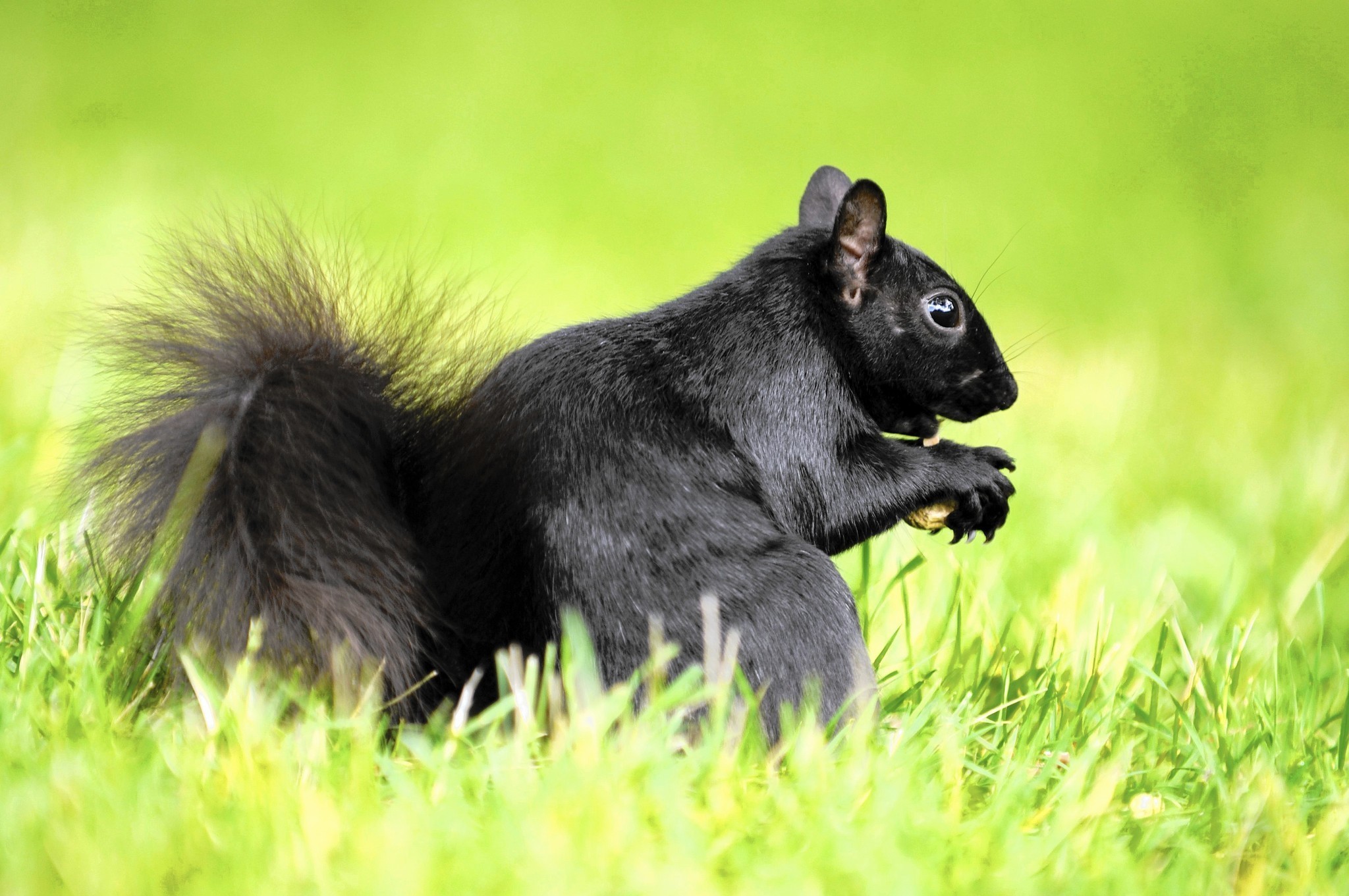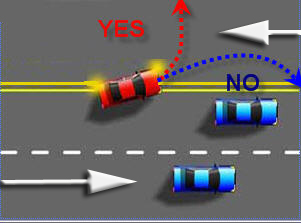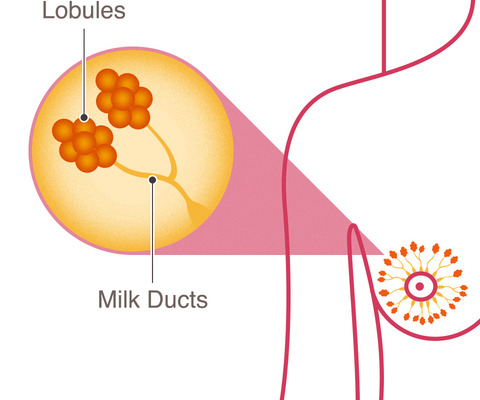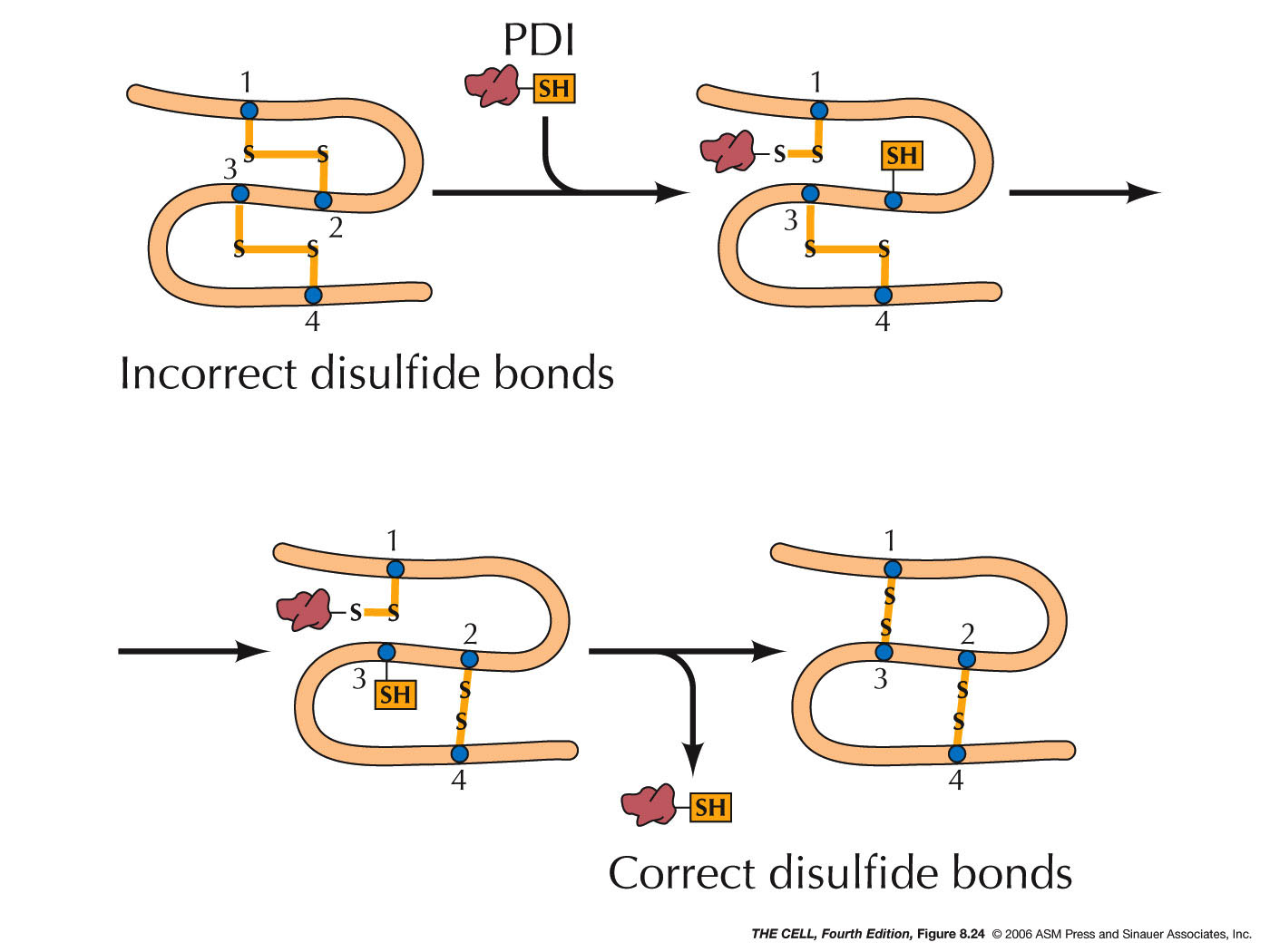After my Cell and Molecular Biology lab yesterday, my classmate and I were observing through our laboratory window a black squirrel, just living life. What made this interesting was looking at this squirrel that was about five feet away from us through a window that was ground level. So, it was almost as if we were the size of the squirrel observing its actions.
 |
| (1) |
We saw this squirrel eating. We didn't know what it was eating; perhaps grass or the soil or something in the soil. Whatever it was eating, it was eating it fast. Real fast. It felt like the squirrel was biting off its food with small bites. Each bite lasted about a millisecond until the next one. After it was done, it ran to a different area of grass and did the same.
Looking at animals living their lives, whether its how they eat their food, how they live or sleep, and just how they survive the next day, is fascinating. God created nature in such a beautiful way, and sometimes, I take it for granted, with all the busyness of life. He has given the animals, the birds, the fish, a wonderful life to live, and He's done that for me too. I am reminded of the song, "His eye is on the sparrow and I know He watches me."
Taking this course is teaching me many different components of the cell, specifically the process of translation and transcription, and how God made me through DNA, RNA, and then protein to perform my functions. He's created me, and squirrels, with such intricacy and detail and the lowest (cellular) level. It's amazing to learn of these processes that happen inside our bodies every second. He has also given us all we need to survive, just like He gave the squirrel, so why should we worry?
This was yet another encounter that made this class into something I could relate it with in my everyday life.
What an amazing God I serve.
Picture reference:
(1)
http://www.trbimg.com/img-545c3077/turbine/ct-black-squirrel-schmich-met-1107-20141106
 Children inherit a defective CFTR gene from their parents to get CF. This gene controls salt and water movement in cells. According to The Mayo Clinic, it affects the cells that produce mucus, sweat, and digestive juices. Normally, the secretions are thin and slippery. However, in those with CF, the secretions are thick and sticky; this clogs up the ducts and airways.
Children inherit a defective CFTR gene from their parents to get CF. This gene controls salt and water movement in cells. According to The Mayo Clinic, it affects the cells that produce mucus, sweat, and digestive juices. Normally, the secretions are thin and slippery. However, in those with CF, the secretions are thick and sticky; this clogs up the ducts and airways.





